Perhaps no battle in American history has been as thoroughly dissected and is still subject to as much controversy as the Battle of Little Bighorn. This was not a large battle. Custer’s command consisted of twelve understrength cavalry troops totaling 647 officers and men. It wasn’t even the largest defeat the US Army suffered at the hands of American Indians. The Seventh Cavalry lost 268 killed and 55 wounded. When General Arthur St. Clair was routed by Little Turtle and the Miami Confederacy he lost 933 officers, men, and civilian laborers. As many as 200 women and children accompanying his expedition were also killed.
We probably owe our knowledge of this battle to two factors. George Armstrong Custer was a well known and flamboyant figure, famous for his Civil War exploits (my connection to Custer is that he commanded Phil Sheridan’s cavalry at the Battle of Waynesboro, Virginia. on March 2, 1865. He broke and routed the regiment containing several members of my family, the 60th Virginia — I’m told they actually flew a Confederate flag which made them worse that mere rebels — effectively dissolving it). His brother, Captain Tom Custer, commanded C Troop — though for the battle he was an aide to his older brother — he was famous in his own right having won the Medal of Honor twice during the Civil War. The youngest of the Custer brothers, Boston, a civilian forage master, was also killed at the battle. While a famous military family was annihilated was newsworthy, what kept the story in the public’s eye was Custer’s wife, Libby Custer, and her monomaniacal devotion to ensuring his reputation was not tarnished.
In June, 1876 the US Army began a campaign to round up “hostile” Indians and return them to their reservations. Things did not get off to an auspicious start. On June 17, General George Crook’s column encountered as many as 1,800 warrior on the Rosebud River and fought a sharp but indecisive action. The size of the Indian force and its willingness to fight did persuade Crook to retreat.
The Seventh Cavalry was not a particularly effective force. Horses were of mediocre quality. Their rifles were the single-shot Springfield Model 1873 trapdoor carbines in .45-70 caliber. Much has been made of this as a factor but what was more deciding was that a substantial number of new recruits had never fired their rifle because of budget shortages. (As an aside, in 1875 the Army served the whole year without pay because of a fight in Congress over how long Reconstruction would last).
Early on the morning of June 25, Custer’s scouts discovered a rather sizeable Indian encampment (modern estimates put it as 1.5 miles long, 0.25 miles wide, containing 1200 lodges and about 1500 warriors. Custer was convinced his biggest threat was the camp slipping away. He wanted to spend the day scouting and strike early the morning of the 26th to drive of the horse herds. His Indian scouts told him the hostile Indians had spotted him and they would be gone by the next day.
The battle began when Major Marcus Reno squadron of three troops tried to cross the Little Bighorn and ran into a hornets nest.
From that point things deteriorated. By the time the smoke cleared Custer was dead along with nearly half of his command.
I’ve visited the battlefield and toured it by bicycle.
One of the things that is striking from an infantryman’s point of view is where the hasty rifle pits dug by dismounted troopers are visible — and because of the lack of weathering a large number are — they are all on the topographical crests of knolls and hills. This minor error had major consequences as attacking Indians could approach to within 20 or so feet of the defenders before they could be seen. If the positions had been moved downhill by a half dozen steps it would have made things as lot more interesting for the attackers.
Recriminations flew. Reno descended into alcoholism and was hounded by accusations that he was drunk and cowardly at the Little Bighorn. He demanded a court of inquiry in 1879 to clear his name. The court acquitted him but did him no great favors.In 1880 he was court martialed and dismissed from the service for peeping through a young woman’s window. The next most senior surviving offier, Captain Frederick Benteen, also had alcohol problems. He was court martialed in 1887 and sentenced to dismissal from the service but President Grover Cleveland reduced the sentence to a one-year suspension.
In the big scheme of things, the battle was meaningless to the US Army and disastrous to the Plains Indians. They suddenly popped on the national radar and drew attention they could have done without. Where Custer left his Gatling guns behind, in the future the Army would have quick firing Hotchkiss guns. The whole sorry spectacle came to an abrupt end on December 29, 1890 at Wounded Knee, South Dakota, when 500 US cavalry troopers — from the 7th Cavalry and who styled themselves ‘Custer’s Avengers’– and artillerymen opened fire under confused circumstances on an Indian village killing approximately 300 men, women, and children.






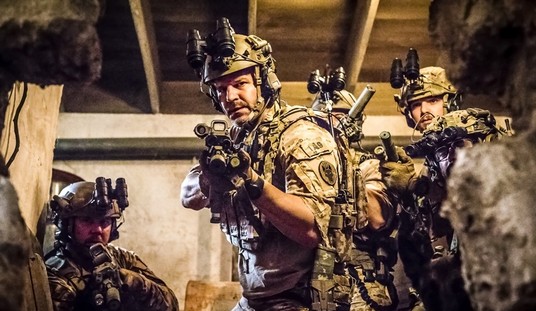

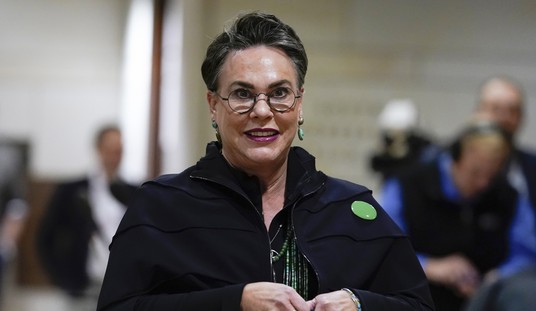

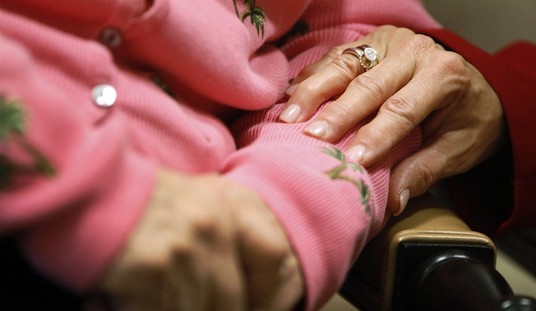
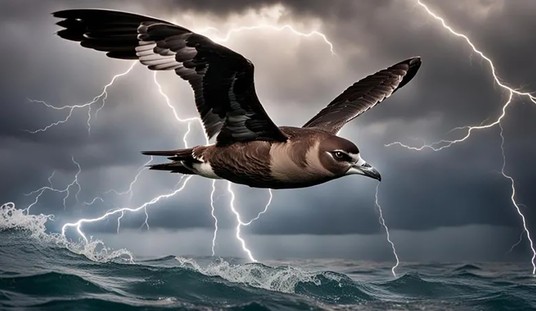
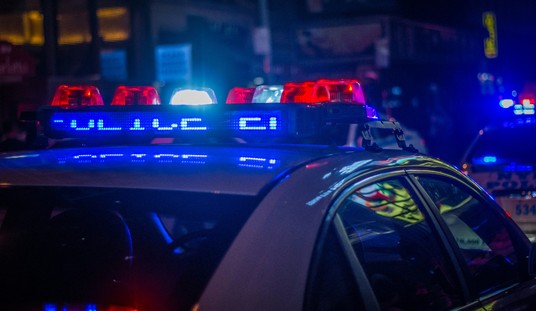

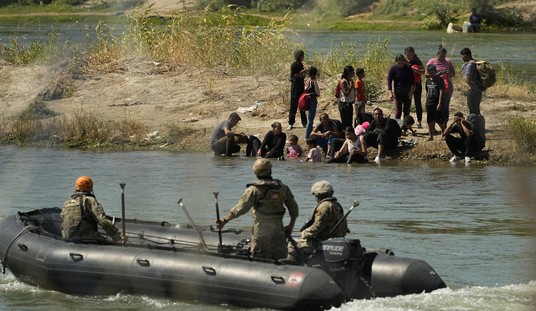

Join the conversation as a VIP Member